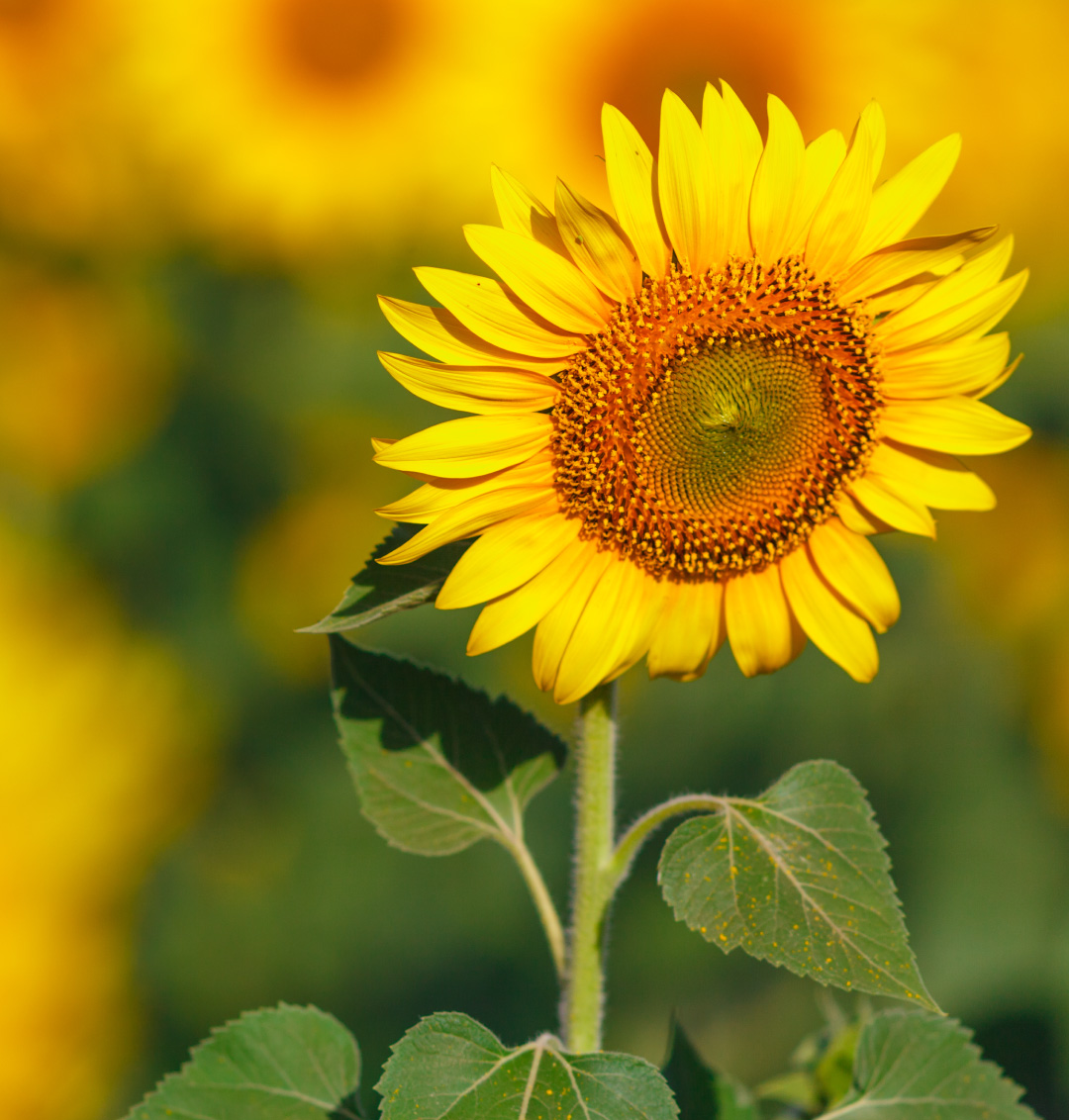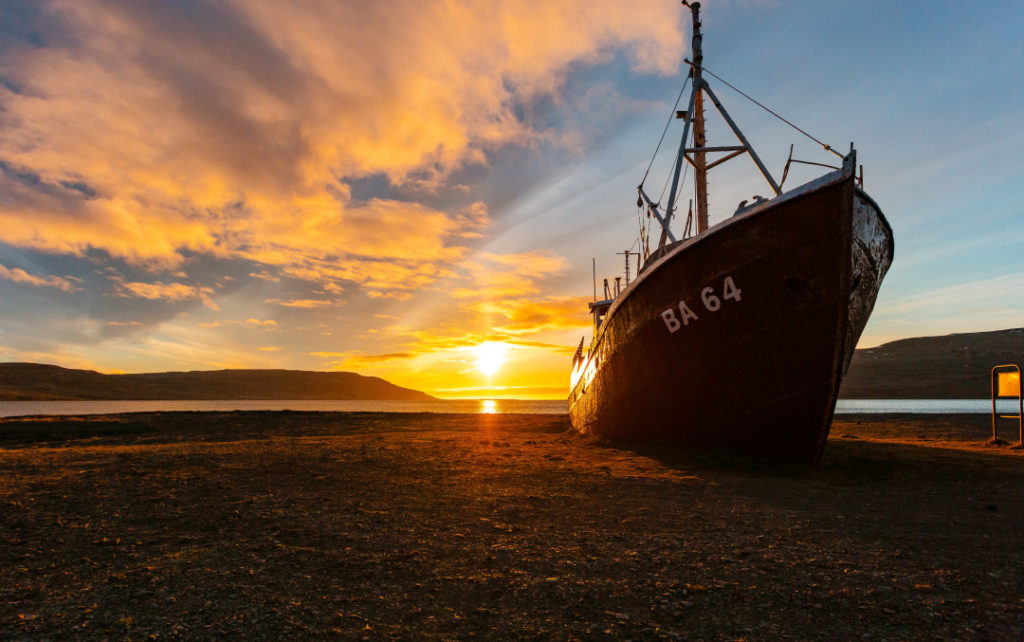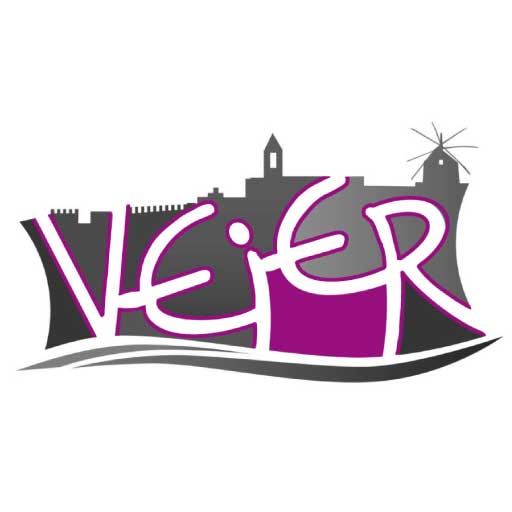
Ven a conocerlo
AGRICULTURE, LIVESTOCK, AND FISHING
GETTING TO KNOW VEJER

AGRICULTURE
Since ancient times, Vejer has been characterised by a combination of agricultural and livestock farming activities on its land, whether on large estates, medium-sized farms or even the so-called Hazas de Suerte.
In Vejer, as in almost all of western Andalusia, the main driving force of the economy has been agriculture, predominantly extensive rain-fed fallow farming. The main crops are wheat, sunflower and sugar beet, with barley, sorghum, broad beans and chickpeas sown to a lesser extent.
In addition, a percentage of this land is set aside for pasture and others for irrigation, although in a very low proportion compared to dry farming.
LIVESTOCKFARMING
The main livestock activity in the Vejer countryside was and still is the breeding of tame cattle, which have traditionally served as the driving force behind agriculture, pulling the plough and other agricultural implements or pulling carts.
However, the introduction of mechanical traction machines in the sixties of the last century displaced tame cattle to a single task, the production of meat to supply the food market.

The main livestock activity in the Vejer countryside was and still is the breeding of tame cattle, which have traditionally served as the driving force behind agriculture, pulling the plough and other agricultural implements or pulling carts. However, the introduction of mechanical traction machines in the sixties of the last century displaced tame cattle to a single task, the production of meat to supply the food market. The most widespread tame cattle breed is the Retinta and to a lesser extent the Negra Andaluza, Negra Campiñera or Negra del Guadalquivir. Another highly prized breed of cattle used to obtain oxen was the Andalusian red-coloured berrenda, which were not only appreciated as a blood engine, but were also essential auxiliaries in the handling of fighting bulls, so characteristic of the area. Since the mechanisation of the countryside, the Retinta breed has been crossed with various breeds of foreign origin (Charolais, Limousin) to improve production.
The main livestock activity in the Vejer countryside was and still is the breeding of tame cattle, which have traditionally served as the driving force behind agriculture, pulling the plough and other agricultural implements or pulling carts. However, the introduction of mechanical traction machines in the sixties of the last century displaced tame cattle to a single task, the production of meat to supply the food market. The most widespread tame cattle breed is the Retinta and to a lesser extent the Negra Andaluza, Negra Campiñera or Negra del Guadalquivir. Another highly prized breed of cattle used to obtain oxen was the Andalusian red-coloured berrenda, which were not only appreciated as a blood engine, but were also essential auxiliaries in the handling of fighting bulls, so characteristic of the area. Since the mechanisation of the countryside, the Retinta breed has been crossed with various breeds of foreign origin (Charolais, Limousin) to improve production.

FISHING
Finally, although Vejer is an eminently rural town, its history also attributes it to being considered a seafaring town, with deep roots in the fishing of almadraba tuna.
Before the current municipalities of Conil de la Frontera in the 14th century and Barbate and Zahara de los Atunes in 1938 became independent from Vejer, this immense coastline was a source of tuna supplies.
The Duke of Medina Sidonia, the jurisdictional lord of the town of Vejer since 1307, was the owner of these traps, and had numerous chancas for the salted fish factory and stores of supplies.
More recently, he was followed by such important figures as Serafín Romeu, 1st Count of Barbate, who at the end of the 19th century and the first third of the 20th century became the undisputed figure in the industrialisation of the tuna industry, which allowed Barbate to be at the forefront of the fishing-canning sector.

Oficina de Turismo de Vejer
- Avda. de Los Remedios, 2 11150 Vejer de la Frontera, Cádiz.
- 956 451 736
- oficinaturismovejer@hotmail.com




